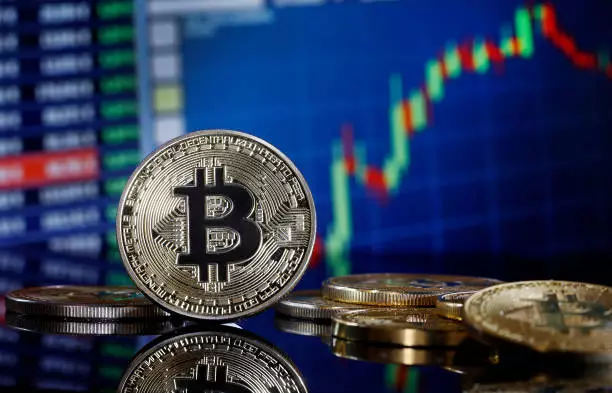Bitcoin, the cryptocurrency many love to hate, has once again made headlines with its erratic price movements. After hitting an eye-popping all-time high of $111,900 merely days ago, it plunged below $110,000. Such volatility is nothing new, yet it raises critical questions about the cryptocurrency’s maturity and its relevance in an evolving economic landscape. Investors are left grappling with the intrinsic value of Bitcoin and whether it can sustain its role as a digital asset in the face of fluctuating market sentiments.
The sharp price drop to $107,500 has sparked debates across financial circles. Is this just a correction, or are we witnessing the end of the Bitcoin bull run? Some analysts remain bullish, arguing that this recent pullback is a temporary hiccup within a broader upward trajectory. But the skepticism echoed by many investors cannot be overlooked. In a space filled with both fervent believers and staunch skeptics, the truth often lies somewhere in between.
Understanding the Global Money Supply Connection
One intriguing perspective comes from crypto analyst Colin, who highlights the relationship between Bitcoin’s price and the Global M2 Money Supply—a metric that encompasses the total liquidity circulating in the world’s major economies. According to Colin, this correlation suggests that the price movement of Bitcoin could very well be in line with macroeconomic trends. The Global M2 recently reached a new zenith, and theoretically, so should Bitcoin. However, this theory is steeped in assumptions that may not hold, especially as the global economy faces unprecedented challenges.
Colin’s analysis indicates that Bitcoin has closely mirrored the expansion of the Global M2 supply, albeit with an interesting 82-day lag. Statistically, this correlation appears robust, boasting a staggering 93% alignment over a year and a half. Nonetheless, one must question whether relying on this historical pattern is prudent, especially as governments and central banks grapple with untested monetary policies. Are we merely extrapolating past trends onto a future fraught with uncertainties, or does Bitcoin genuinely have the capacity to respond positively to rising money supply levels?
The Bullish Structure: Hope or Hype?
Despite the past week’s turbulence, some experts believe Bitcoin is simply undergoing a “healthy” retracement—one that is common in any robust market cycle. If Bitcoin maintains its position above the previous consolidation range of $102,000 to $104,000, that could signal enduring strength. However, this optimistic interpretation is shadowed by an underlying current of doubt among market participants. The recent social sentiments reveal mixed emotions, with many retaining skepticism over the sustainability of Bitcoin’s breakout and future performance.
Colin also references the Crypto Bull Run Index (CBBI), which hovers at a mere 79, suggesting that we are far from “overheated” market conditions. But is a low CBBI index a reliable indicator of potential gains, or merely a reflection of waning interest among retail investors? The digital currency’s future cannot depend solely on indices or historical patterns; it must also navigate geopolitical uncertainties, regulatory frameworks, and market maturity.
A Balanced Perspective on Future Projections
Most compelling is Colin’s projection that, if the correlation with the Global M2 holds, Bitcoin could ascend to $130,000 and beyond. Yet the question remains: Who is driving this optimism? Is it grounded in sound economic rationale or simply aspirational hope fueled by market speculation? The answer may lie in how well Bitcoin can adapt.
Forecasting the price of Bitcoin requires more than financial modeling; it demands an understanding of the socio-economic factors at play. Current market conditions are testament to a growing disconnection between traditional finance and the burgeoning world of cryptocurrencies. While Bitcoin has the potential for growth, this potential is increasingly dampened by complex, external factors ranging from governmental policy shifts to global economic downturns.
In the ever-dynamic world of cryptocurrency, embracing both the risks and the rewards is essential for investors. As the price swings unpredictably, savvy market players must stay alert to shifts not only in Bitcoin’s foundational structures but also in the broader economic context that frames its existence. Progress in this rapidly shifting landscape could redefine not just Bitcoin, but the entire realm of digital assets.















